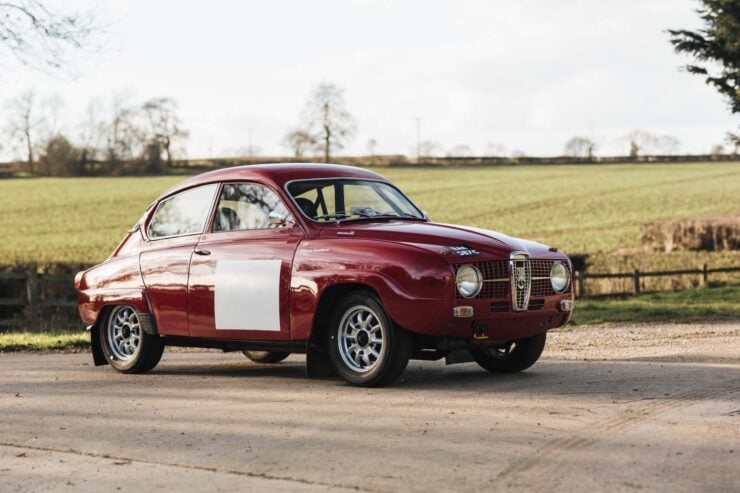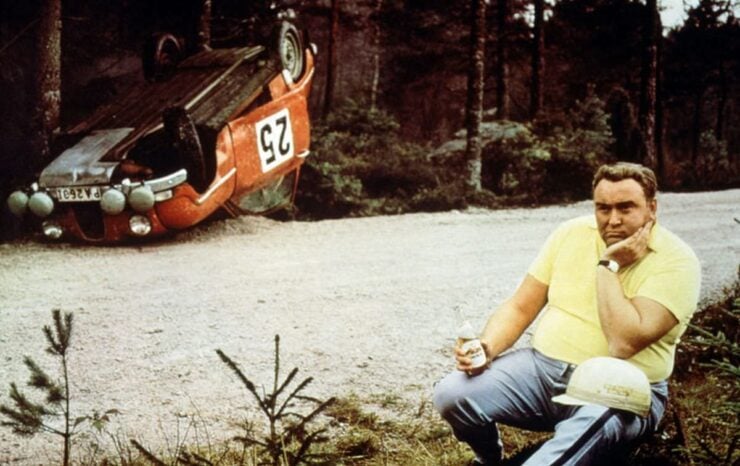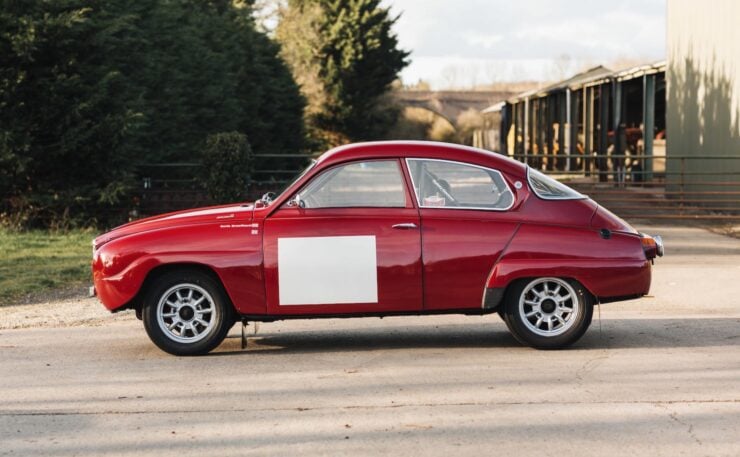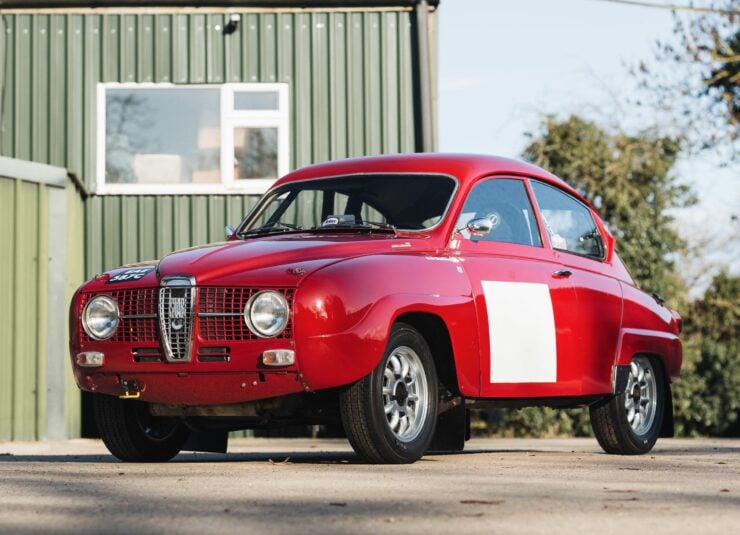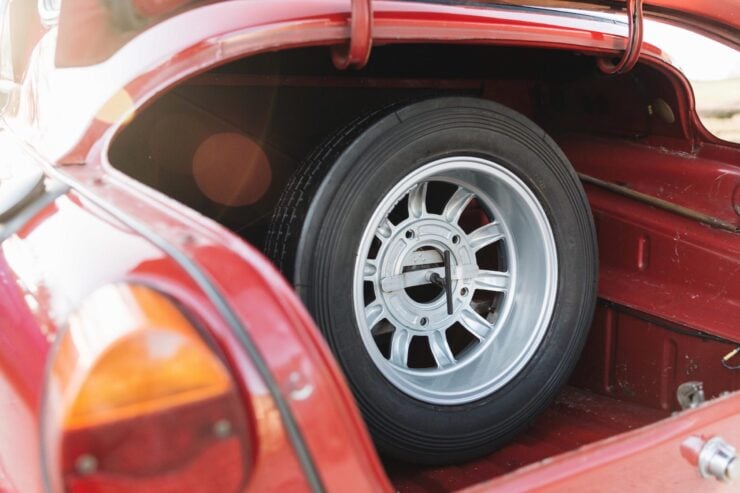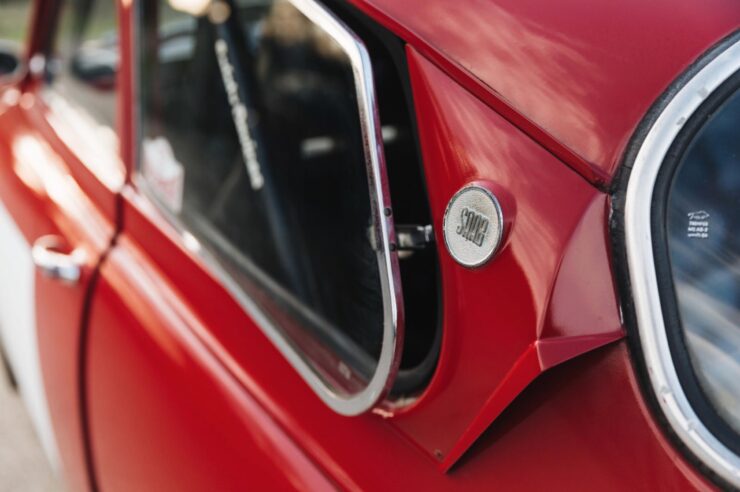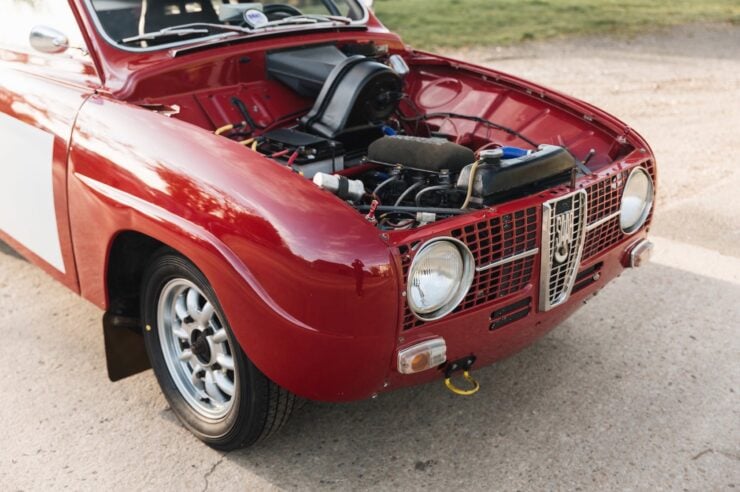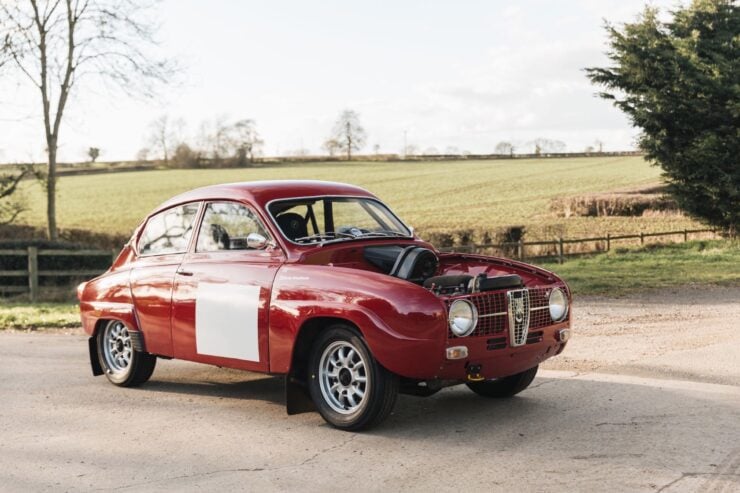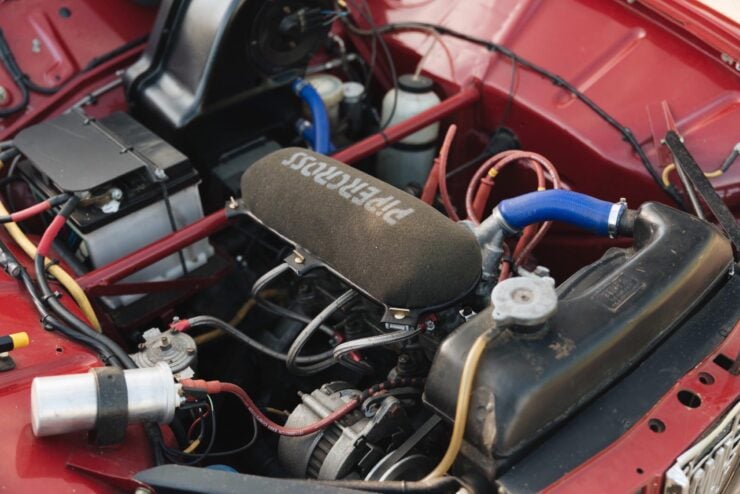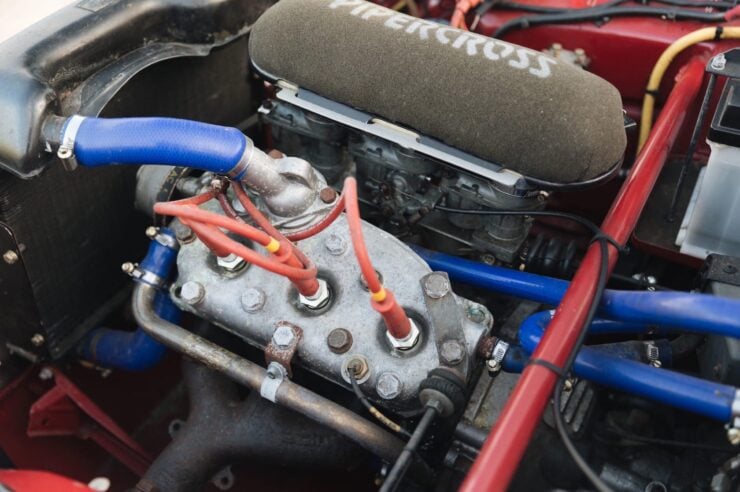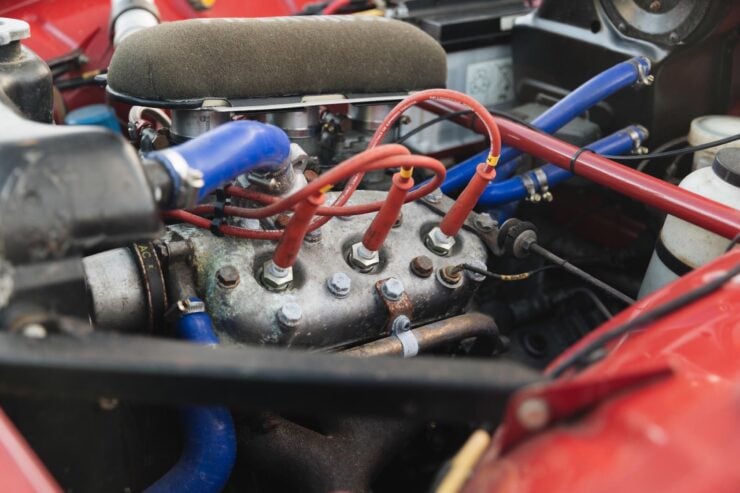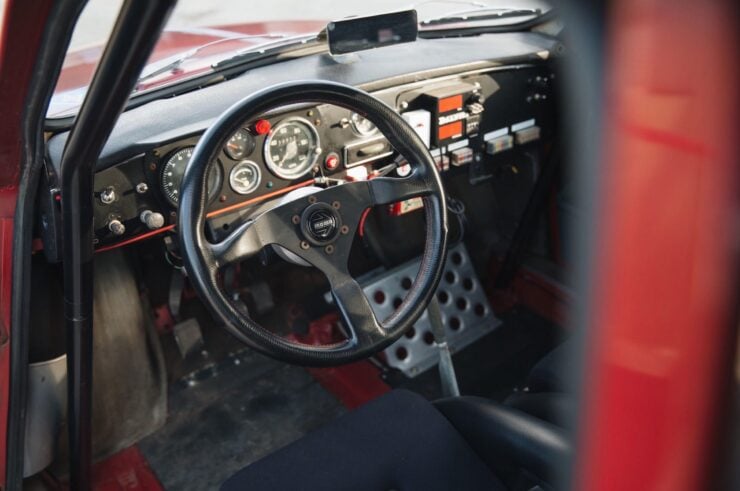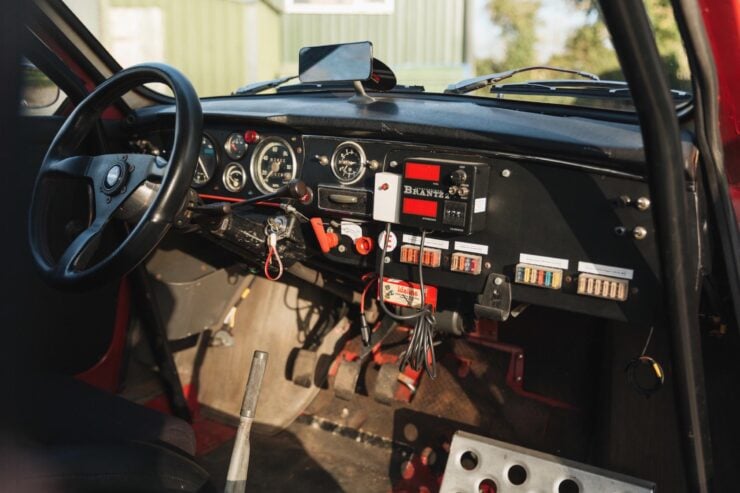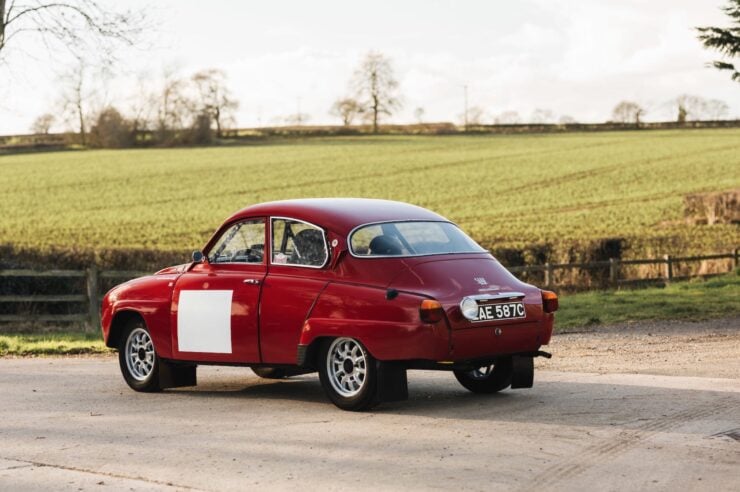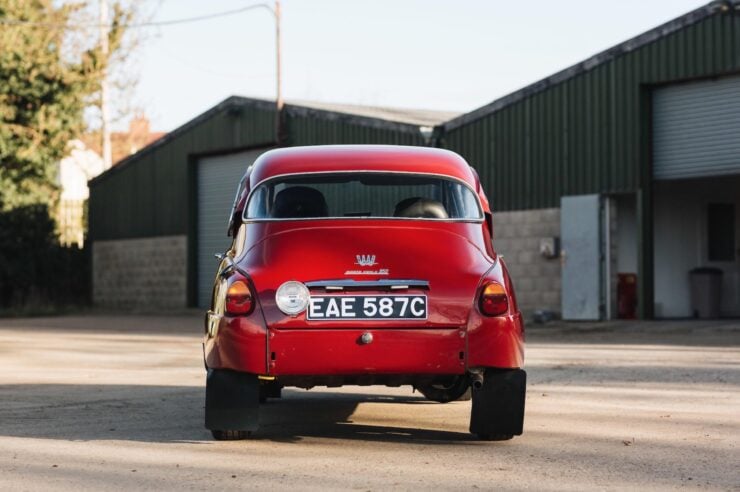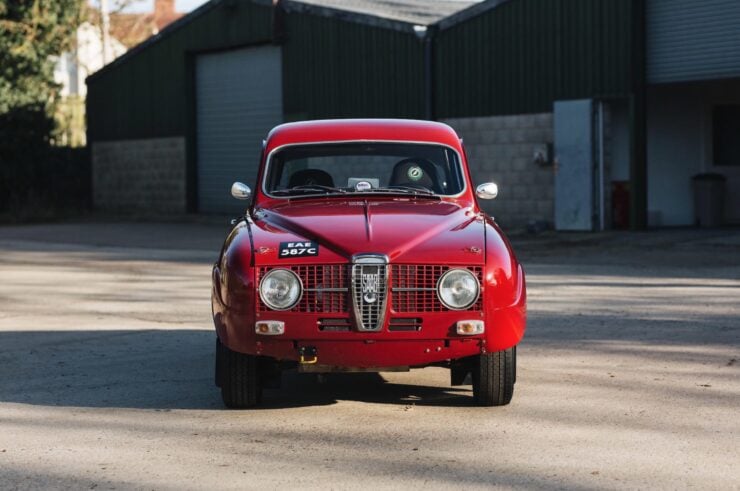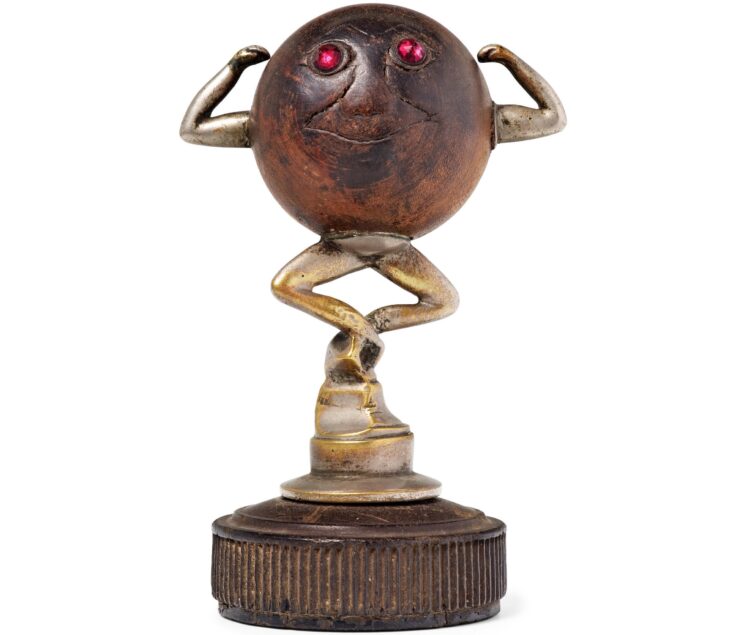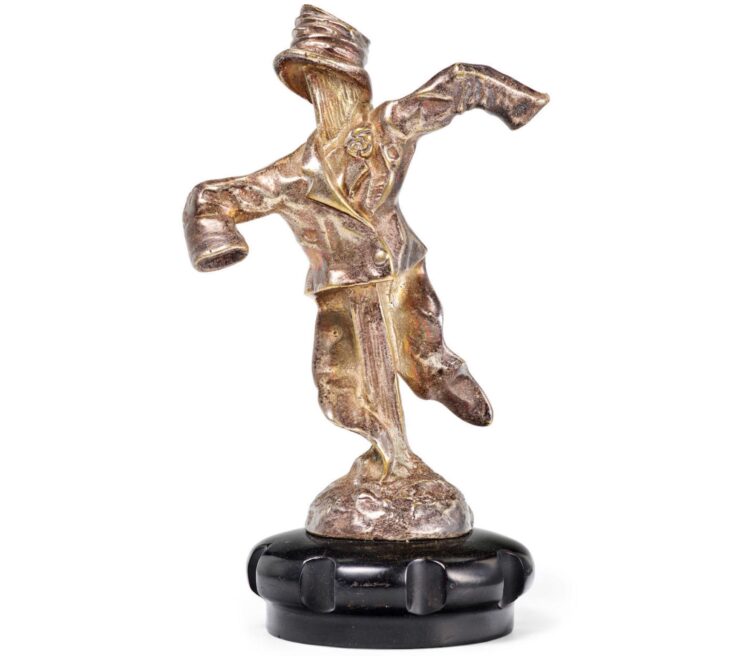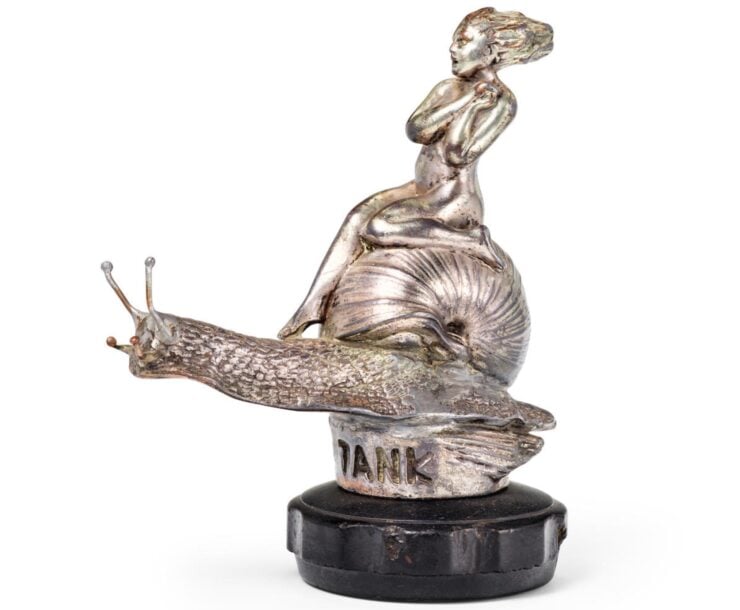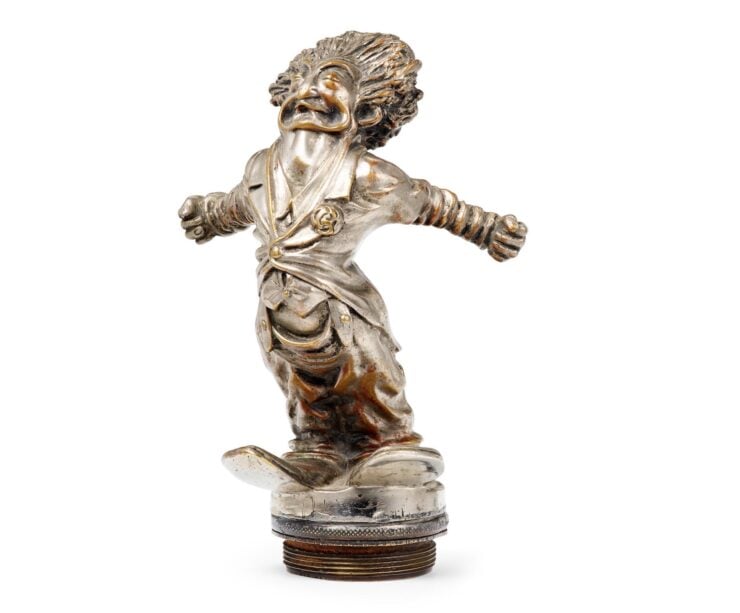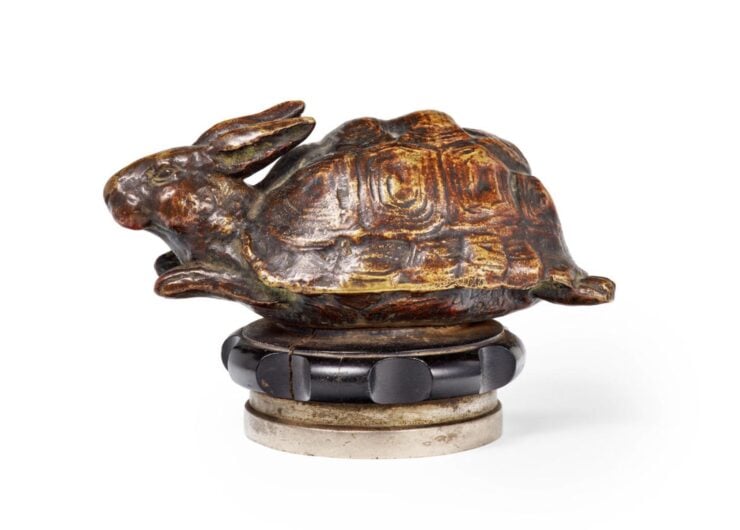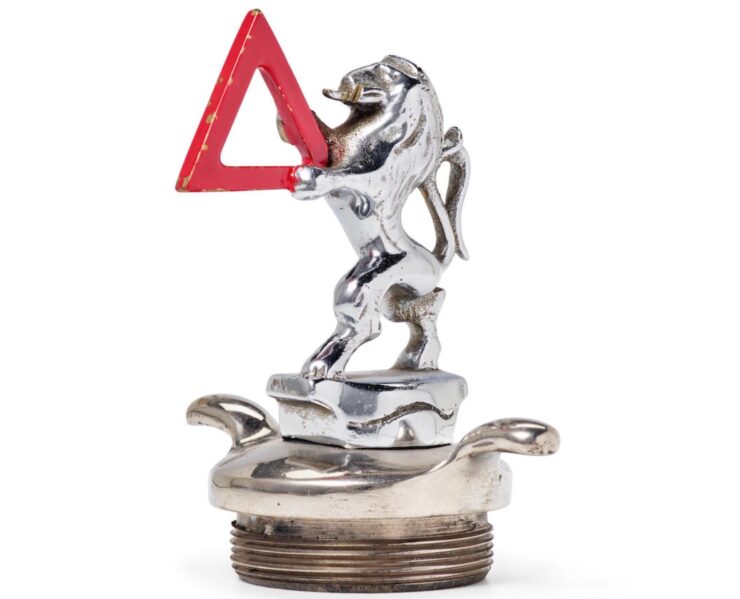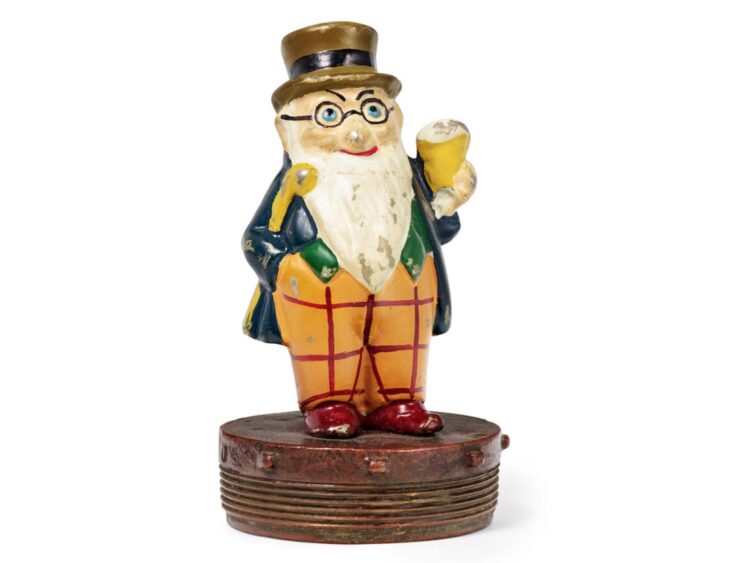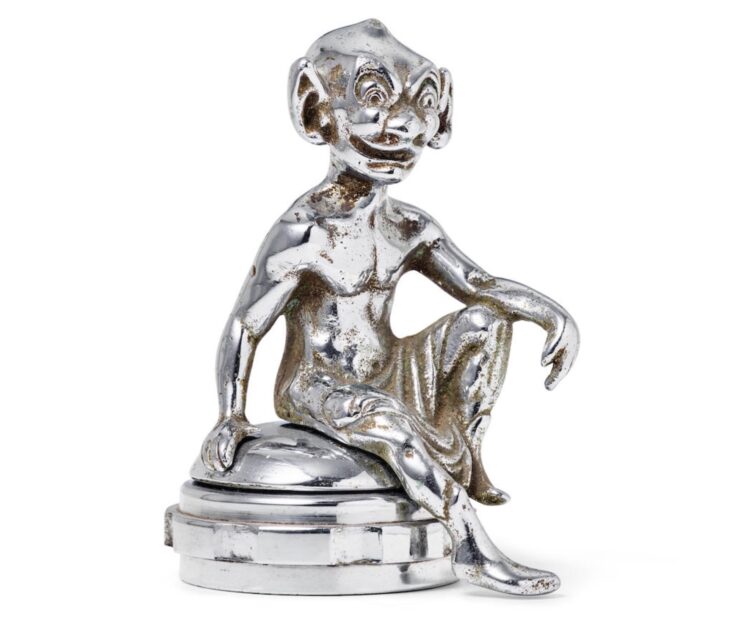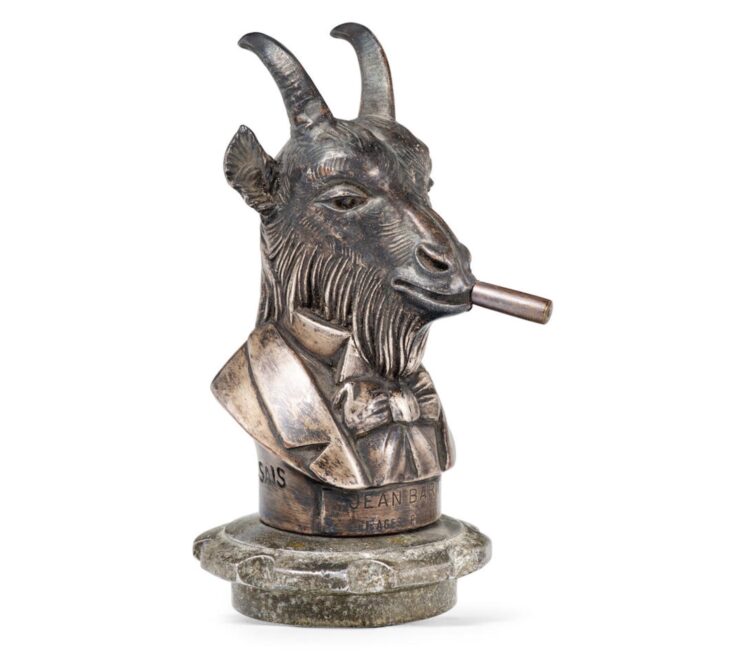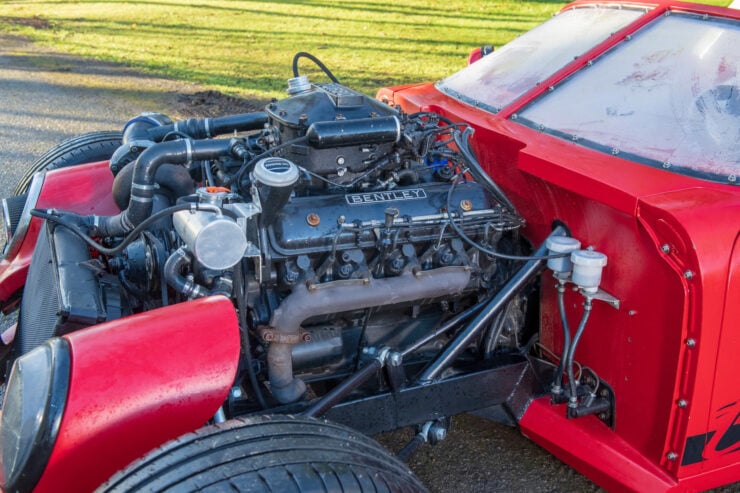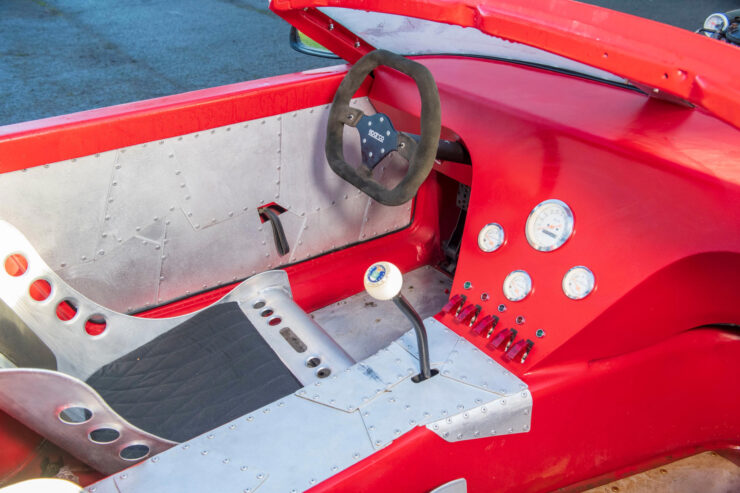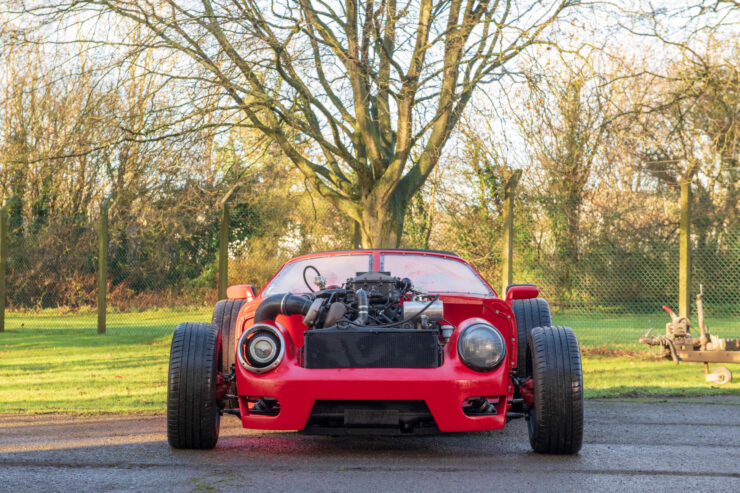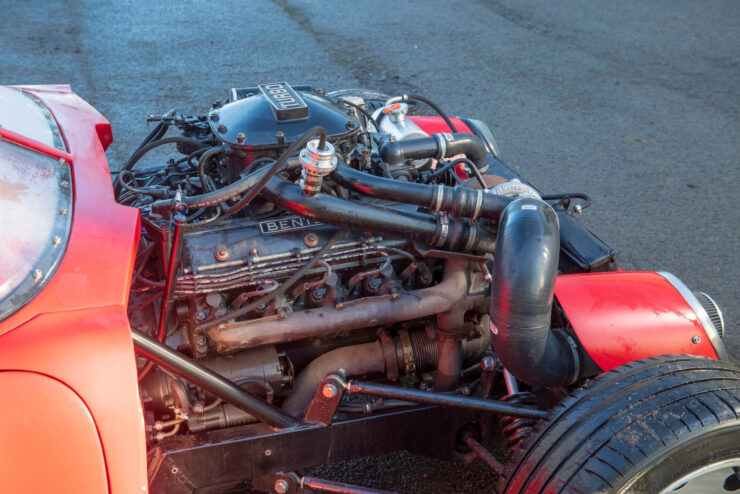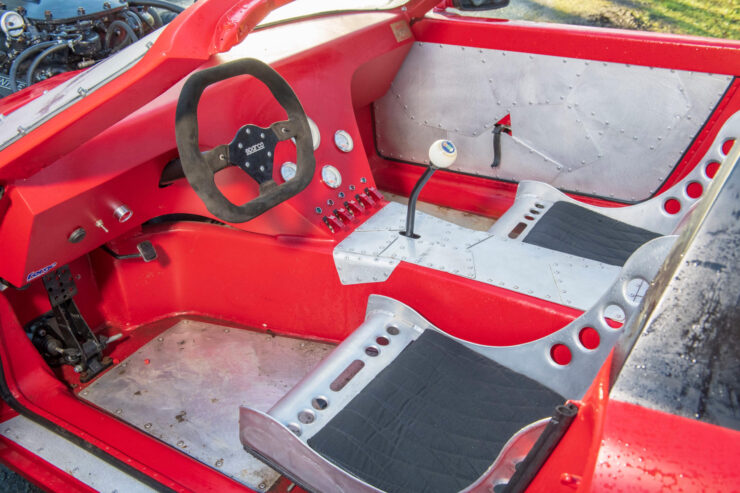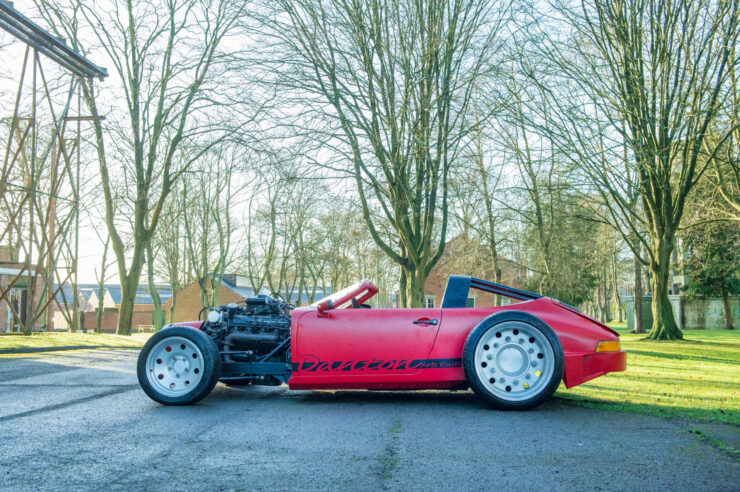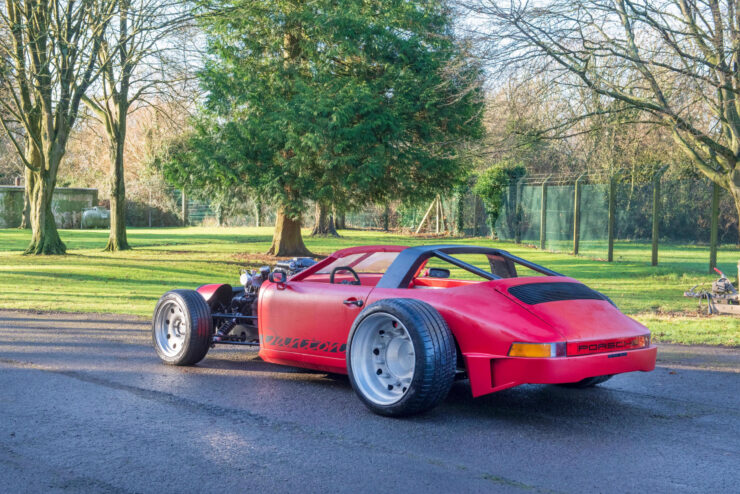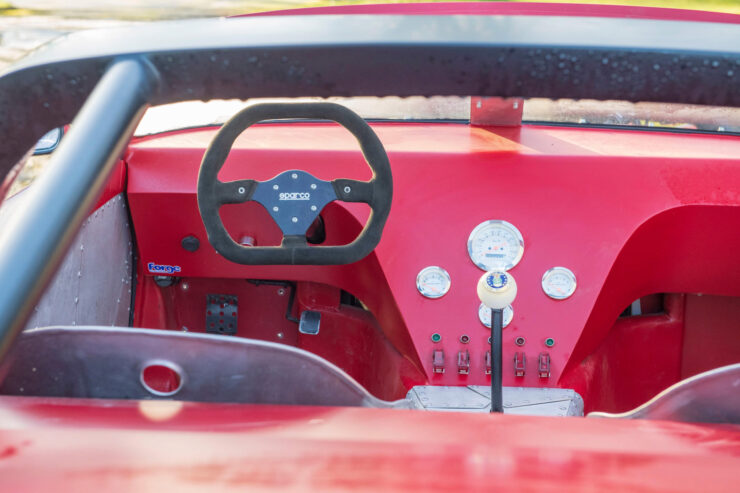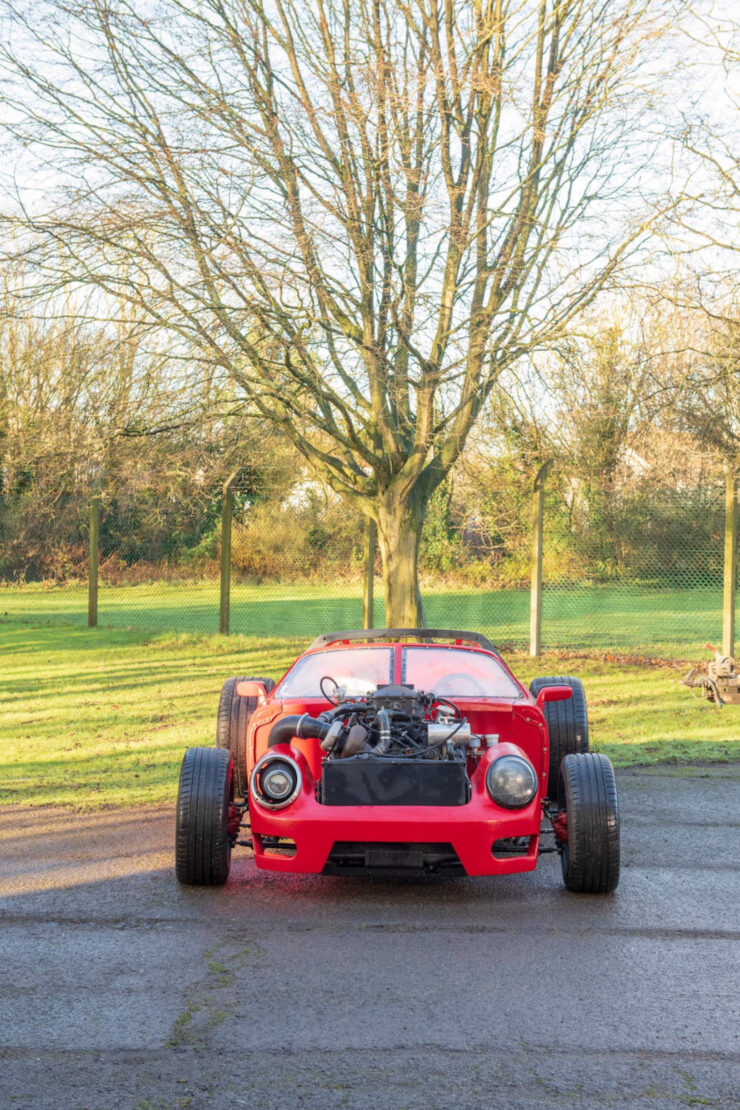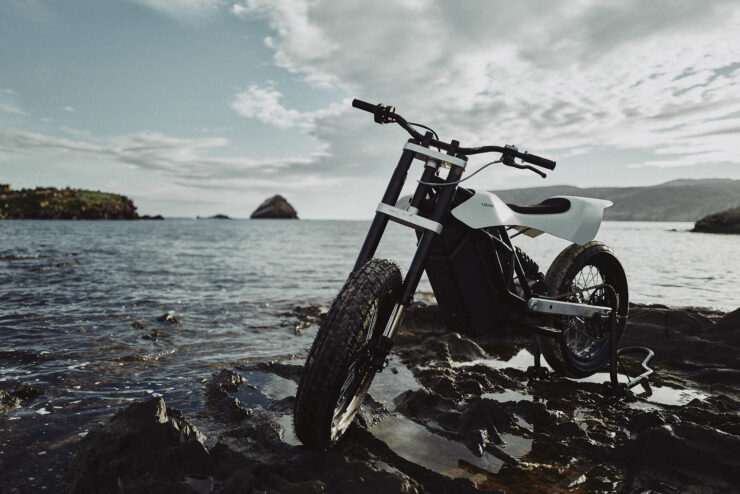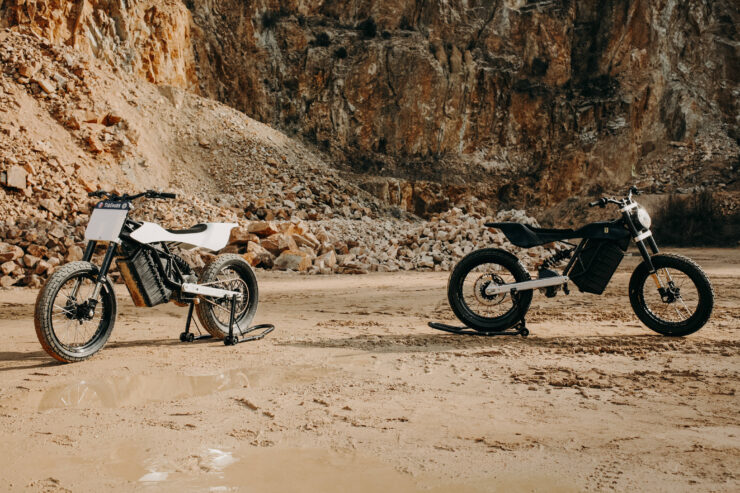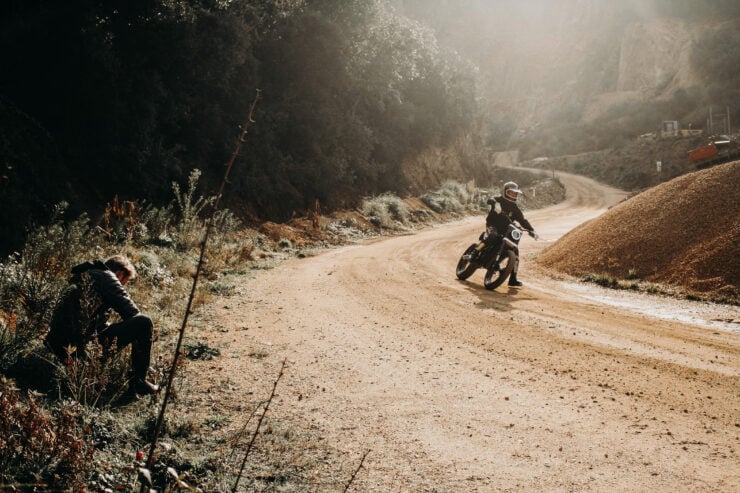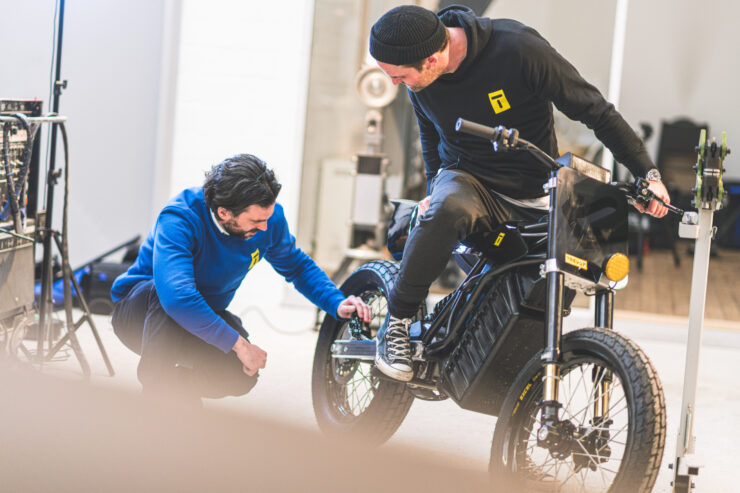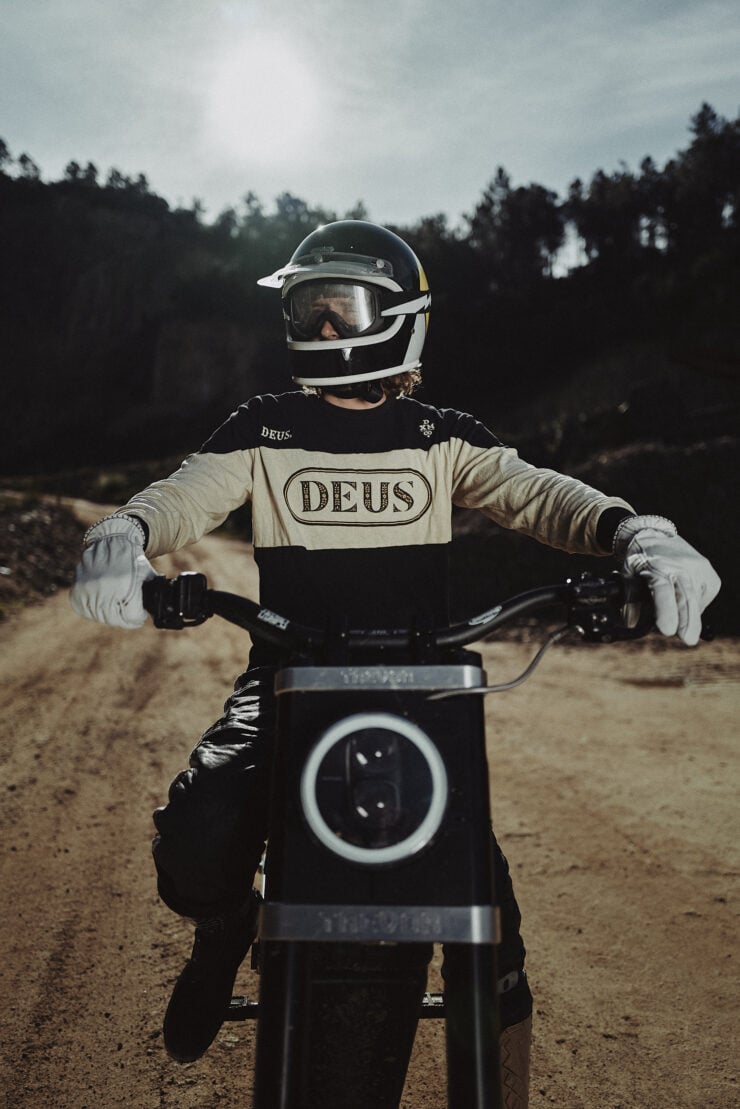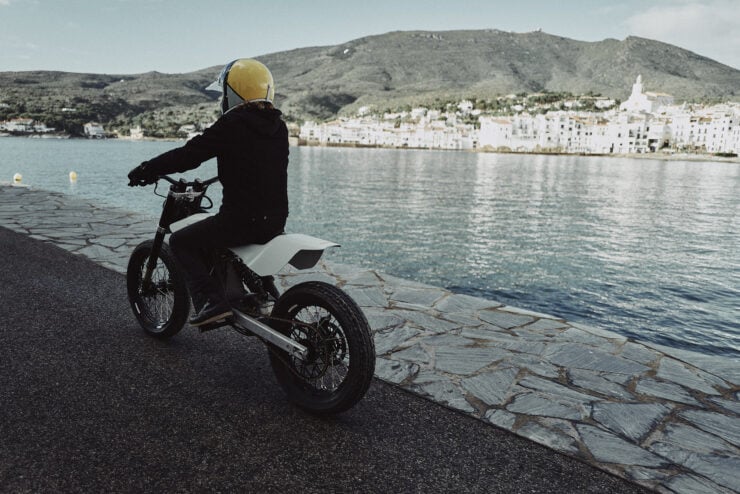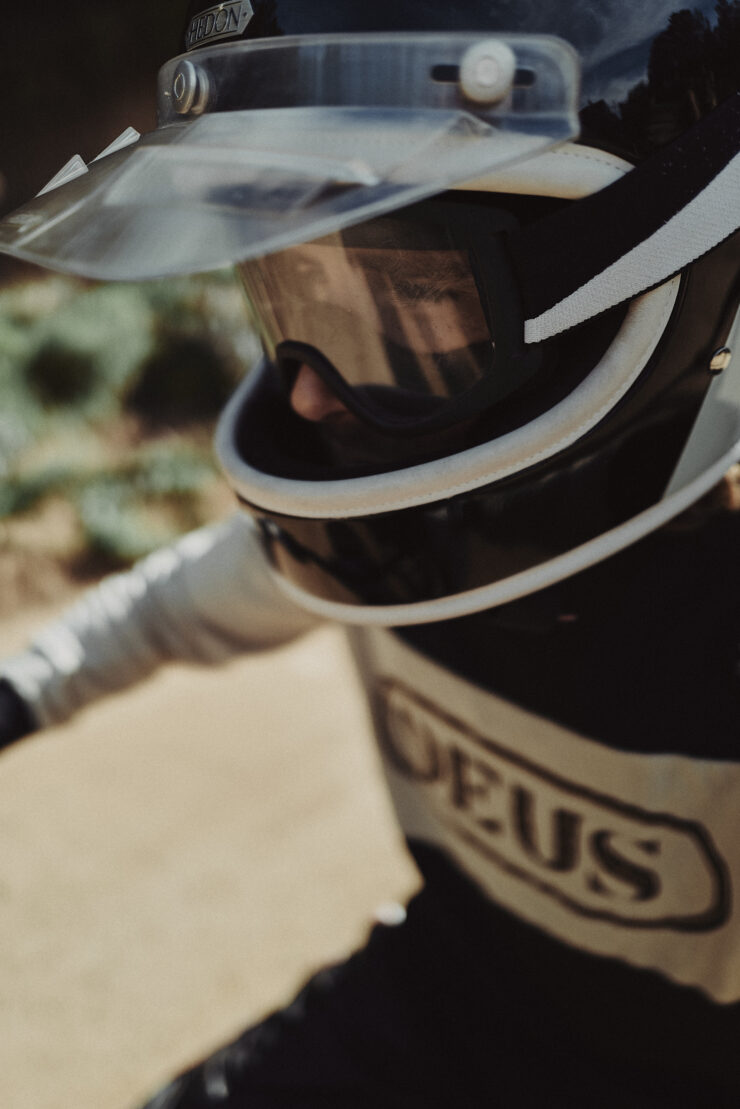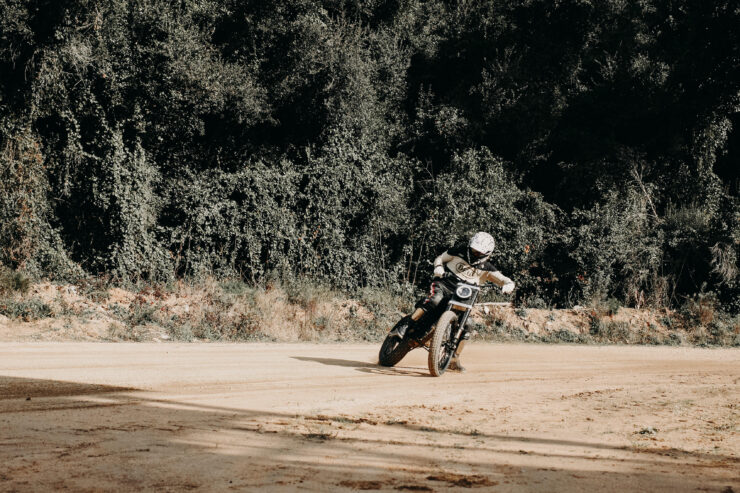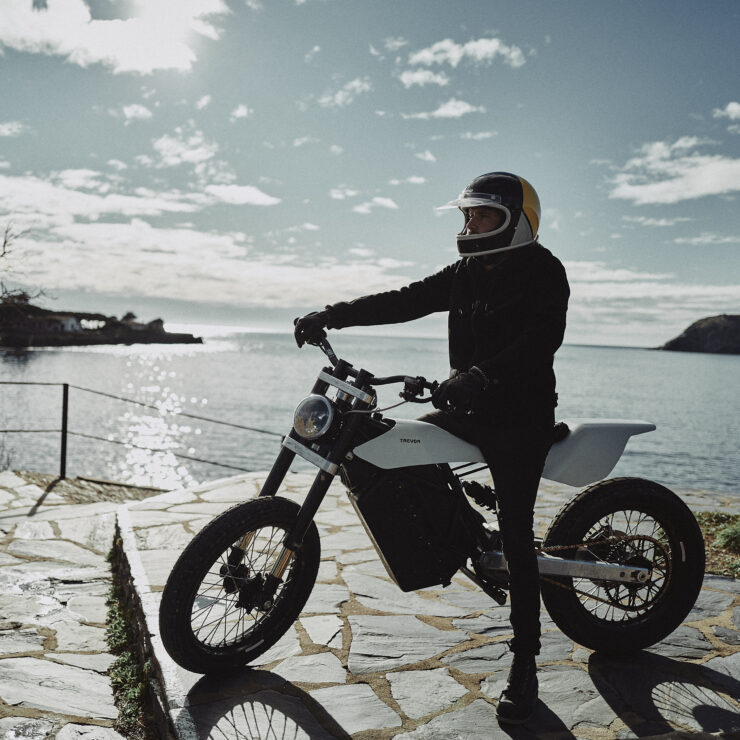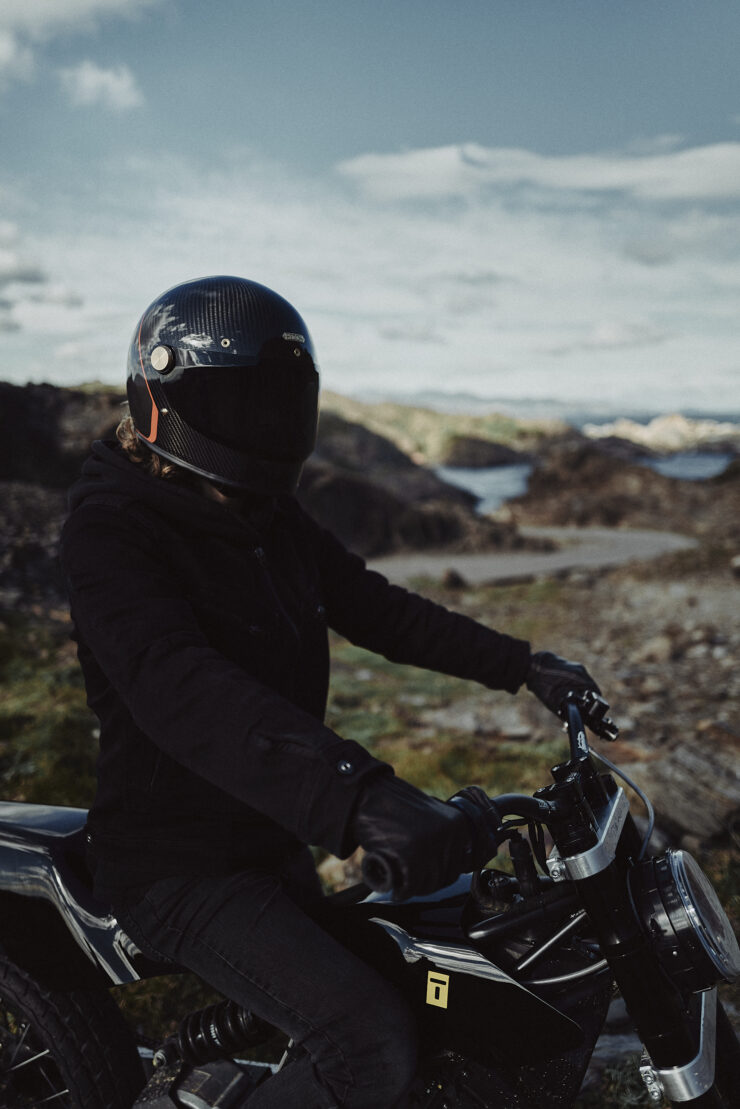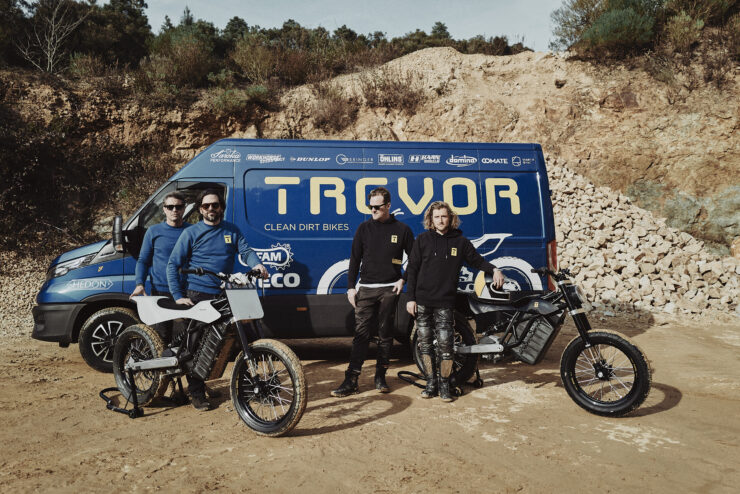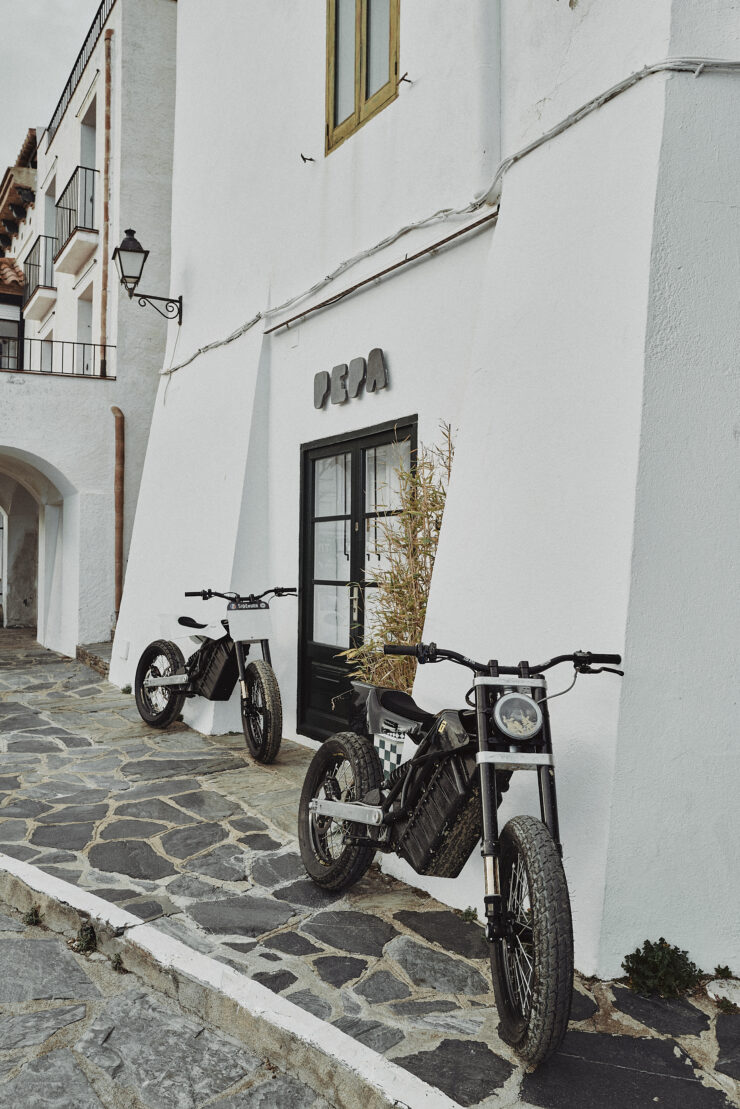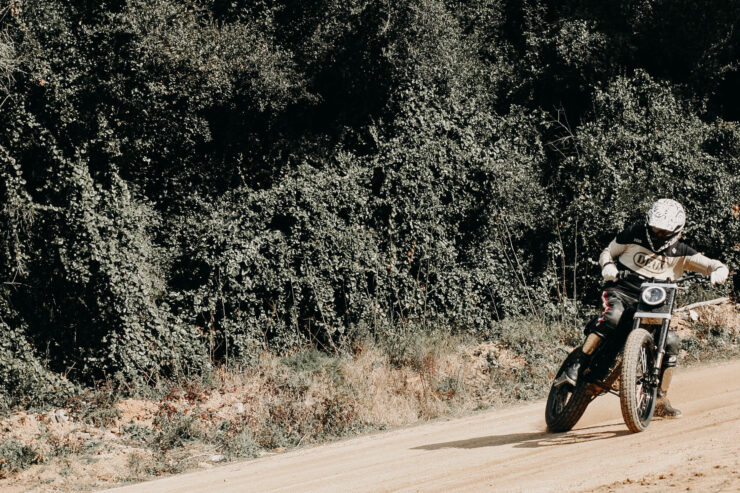This is a rare Saab 96 Monte Carlo 850, it was built by the Swedish automaker to commemorate the victories of rally driver Erik Carlsson in the Monte Carlo Rally in 1962 and 1963.
The unusual Saab 96 had far outperformed the expectations of many in top flight rally competition, as mentioned above it won the the 1962 and 1963 Monte Carlo Rallies, it also won the 1960, 1961, and 1962 RAC Rallies in dominant fashion – all with famed Swedish driver Erik Carlsson behind the wheel.
He later took his race-prepared 96 to Kenya to compete in the East African Safari Rally, taking a hard-fought second place in 1964 after winning the San Remo Rally earlier the same year, and placing second in the Liège-Sofia-Liège Rally.
The Saab 96
Scandinavians have always had a unique approach to car design, and the Saab 96 is a great example. The car has an almost-bubble like body designed for the best possible aerodynamic performance, it’s front-wheel drive, and it was initially powered by a three-cylinder, two-stroke engine built by Saab.
The Saab 96 was originally released in 1960 as a successor to the Saab 93. It would be kept in production for an impressive 20 years until 1980.
Above Image: This car has been prepared for vintage rally, but it needs some work before it will be able to turn a wheel in anger.
The 96 was designed by Swedish industrial designer Sixten Sason, he was the son of a Swedish sculptor and he himself initially trained in Paris as an artist. It would only be later that he would train in industrial design.
Sason worked for Saab for most of his adult life, he designed the Saab 93, 95, 96, and 99, as well as the first Saab Sonett. Over the course of his career he would also design the Electrolux Z 70n vacuum cleaner, the first Hasselblad camera, and a number of motorcycles for Husqvarna.
Saab used variations on their three-cylinder, two-stroke engine for the Saab 96 from 1960 until 1968 and these cars that would enjoy many rally victories thanks to their reliability, low weight, and the front-wheel drive system which could help with control on slippery surfaces like snow, ice, and gravel.
From 1967 onwards most new 96s were offered with the Ford Taunus V4 engine, a four-stroke 1498cc V4 engine with pushrod actuated overhead valves. This compact engine fit neatly inside the small engine bay of the 96, one of the reasons it was chosen over the other main contender – the B18 engine from Volvo.
The unusual styling of the Sab 96 and the litany of motorsport successes it enjoyed have ensured that it’s a firm favorite with collectors and enthusiasts today. That said, they’re still highly affordable by the standards of the classic car world and unlike many of their contemporaries they can be very reliable if well maintained.
The Saab 96 Monte Carlo 850 Shown Here
The decision to build the Saab 96 Monte Carlo 850 was made to capitalize on the company’s wins in the world famous Monte Carlo Rally – as the old adage goes “win on Sunday sell on Monday.”
Above Video: Footage of the 1962 Monte Carlo Rally, including an appearance by Erik Carlsson and his 96.
In order wring more power from the two-stroke engine under the hood of the 96 a series of modifications were made – bringing power from 39 bhp in the standard model up to 57 bhp in the Monte Carlo 850. This may not sound like much but it’s important to remember that the car only weighed approximately 1,925 lbs or 873 kgs.
The performance upgrades applied to the 841cc engine included the addition of triple carburetors and oil injection. The cylinder head was modified for better flow characteristics, filled crankshaft counterweights were added along with an increased compression ratio.
In order to let people know you had bought the go-faster version of the 96 the car was adorned with special Monte Carlo badges, unique front seats and rear bench, special door cards, a wood-rimmed steering wheel, and dual chrome strips on the side.
The car you see here has been prepared for vintage rally competition, though it needs some work before it’ll be ready to race. It’s due to roll across the auction block on the 20th of March with Bonhams. It has a hammer estimate of £18,000 to £22,000 and you can click here if you’d like to read more about it or register to bid.
Above Image: Erik Carlsson enjoying a beer after one of his less successful races.
Above Image: The Saab 96 has excellent aerodynamics, possibly due to the fact that the company was also building fighter aircraft at the time.
Images courtesy of Bonhams
The post Saab 96 Monte Carlo 850 – The Mighty Little Two-Stroke Rally Winner appeared first on Silodrome.
from Silodrome https://silodrome.com/saab-96-monte-carlo-850/
via gqrds
